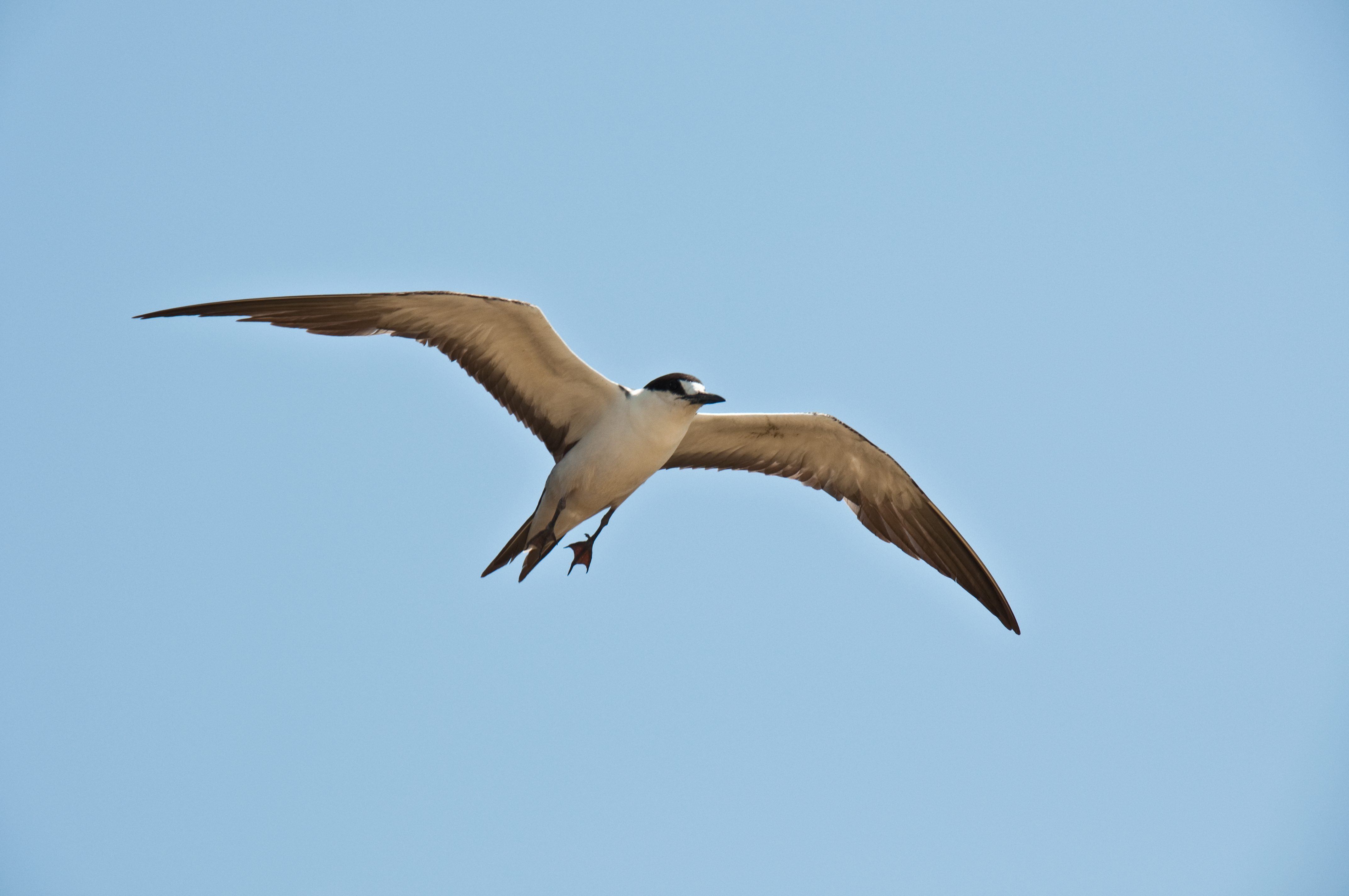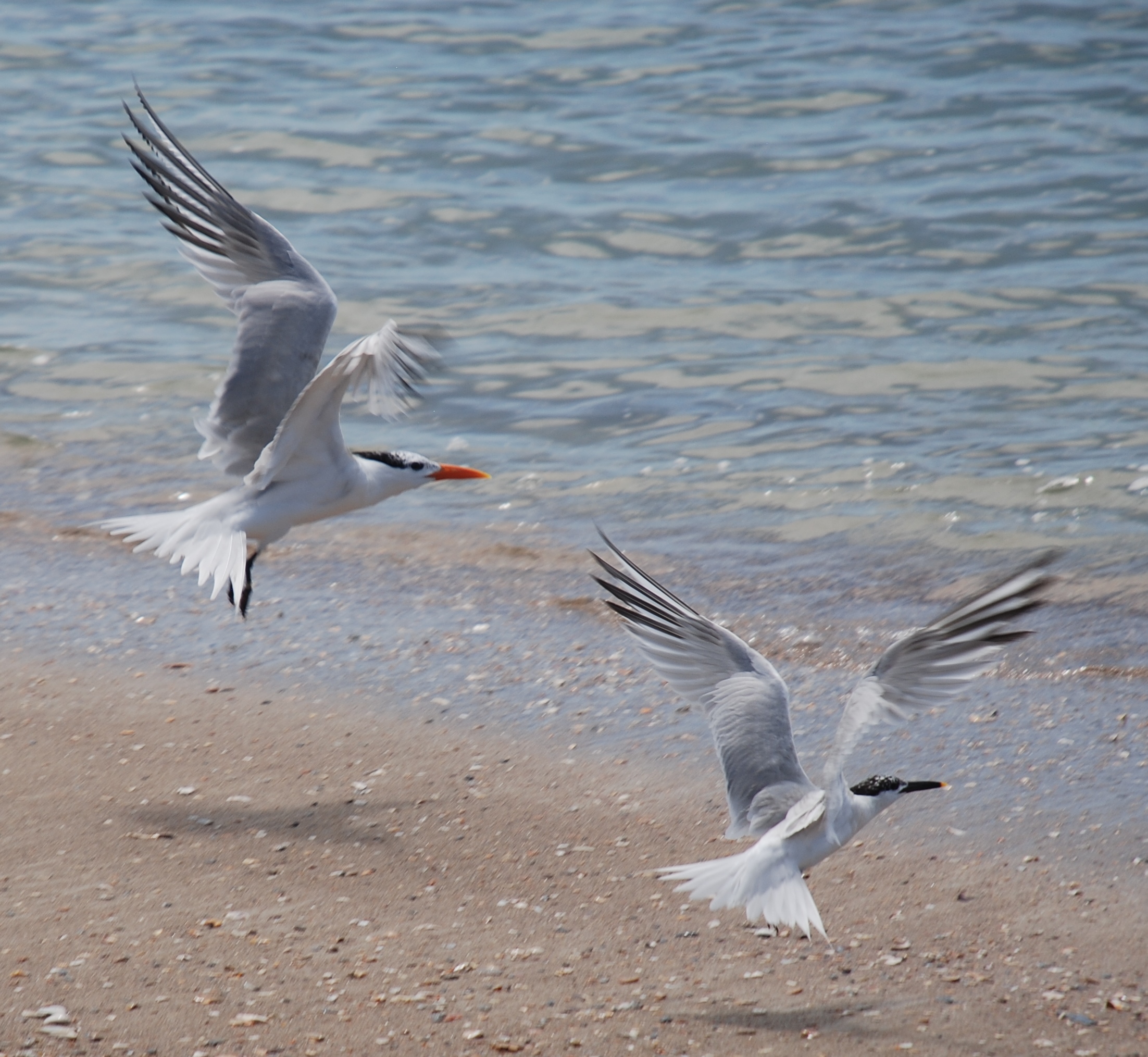|
Dolly's Cay
Dolly's Cay (or ''Dolly's Rock'') is a remote rock on the Bahama Banks, Great Bahama Bank in the series of cays running southeast from Andros Island, and is around east south east of the southeast tip of Andros. It is part of South Andros District. The cay is used for nesting by bridled terns, sooty terns, Sandwich terns, and royal terns, which were last verified by James Parnell in 1998. These birds are monitored as part of the ''West Indies Seabird Geographic Information System'', a database of all contributions from the Seabird Working Group of the ''Society for the Conservation and Study of Caribbean Birds''. References * Sprunt, A., IV. 1984. ''The status and conservation of seabirds of the Bahama Islands''. pp. 157–168 in J.P. Croxall, P ...[...More Info...] [...Related Items...] OR: [Wikipedia] [Google] [Baidu] |
Atlantic Ocean
The Atlantic Ocean is the second-largest of the world's five oceans, with an area of about . It covers approximately 20% of Earth's surface and about 29% of its water surface area. It is known to separate the " Old World" of Africa, Europe and Asia from the "New World" of the Americas in the European perception of the World. The Atlantic Ocean occupies an elongated, S-shaped basin extending longitudinally between Europe and Africa to the east, and North and South America to the west. As one component of the interconnected World Ocean, it is connected in the north to the Arctic Ocean, to the Pacific Ocean in the southwest, the Indian Ocean in the southeast, and the Southern Ocean in the south (other definitions describe the Atlantic as extending southward to Antarctica). The Atlantic Ocean is divided in two parts, by the Equatorial Counter Current, with the North(ern) Atlantic Ocean and the South(ern) Atlantic Ocean split at about 8°N. Scientific explorations of the A ... [...More Info...] [...Related Items...] OR: [Wikipedia] [Google] [Baidu] |
Andros Island
Andros Island is an archipelago within the Bahamas, the largest of the Bahamian Islands. Politically considered a single island, Andros in total has an area greater than all the other 700 Bahamian islands combined. The land area of Andros consists of hundreds of small islets and cays connected by mangrove estuaries and tidal swamplands, together with three major islands: North Andros, Mangrove Cay, and South Andros. The three main islands are separated by bights, estuaries that trifurcate the island from east to west. It is long by wide at the widest point. Etymology The indigenous Lucayan people called the island ''Habacoa'' (or ''Babucca'') meaning "large upper outer land". Originally named ''Espiritu Santu'' by the Spanish, Andros Island was given its present name sometime early during the period of British colonial rule. Several eighteenth-century British documents refer to it as Andrews Island. A 1782 map refers to the island as San Andreas. The modern name is believed ... [...More Info...] [...Related Items...] OR: [Wikipedia] [Google] [Baidu] |
Lucayan Archipelago
The Lucayan Archipelago (named for the original native Lucayan people), also known as the Bahama Archipelago, is an island group comprising the Commonwealth of The Bahamas and the British Overseas Territory of the Turks and Caicos Islands. The archipelago is in the western North Atlantic Ocean, north of Cuba and the other Antilles, and east and southeast of Florida. William Keegan writes: "Modern political considerations aside, the islands form a single archipelago with common geological, ecological, and cultural roots." Though part of the West Indies, the Lucayan Archipelago is not located on the Caribbean Sea. Proposed federation In 2010, the leaders of The Bahamas and the Turks and Caicos Islands discussed the possibility of forming a federation. Countries and territories * The Bahamas * Turks and Caicos Islands (United Kingdom) The Mouchoir Bank, the Silver Bank, and the Navidad Bank are a submerged continuation of the archipelago, to the southeast of the Turks and Ca ... [...More Info...] [...Related Items...] OR: [Wikipedia] [Google] [Baidu] |
Bahamas
The Bahamas (), officially the Commonwealth of The Bahamas, is an island country within the Lucayan Archipelago of the West Indies in the Atlantic Ocean, North Atlantic. It takes up 97% of the Lucayan Archipelago's land area and is home to 88% of the archipelago's population. The archipelagic state consists of more than 3,000 islands, cays, and islets in the Atlantic Ocean, and is located north of Cuba and northwest of the island of Hispaniola (split between the Dominican Republic and Haiti) and the Turks and Caicos Islands, southeast of the U.S. state of Florida, and east of the Florida Keys. The capital is Nassau, Bahamas, Nassau on the island of New Providence. The Royal Bahamas Defence Force describes The Bahamas' territory as encompassing of ocean space. The Bahama Islands were inhabited by the Lucayan people, Lucayans, a branch of the Arawakan-Taino language, speaking Taíno, for many centuries. Christopher Columbus was the first European to see the islands, making hi ... [...More Info...] [...Related Items...] OR: [Wikipedia] [Google] [Baidu] |
Bahama Banks
The Bahama Banks are the submerged carbonate platforms that make up much of the Bahama Archipelago. The term is usually applied in referring to either the Great Bahama Bank around Andros Island, or the Little Bahama Bank of Grand Bahama Island and Great Abaco, which are the largest of the platforms, and the Cay Sal Bank north of Cuba. The islands of these banks are politically part of the Bahamas. Other banks are the three banks of the Turks and Caicos Islands, namely the Caicos Bank of the Caicos Islands, the bank of the Turks Islands, and wholly submerged Mouchoir Bank. Farther southeast are the equally wholly submerged Silver Bank and Navidad Bank north of the Dominican Republic. Geologic history and structure The limestone that comprises the Banks has been accumulating since at least the Cretaceous period, and perhaps as early as the Jurassic; today the total thickness under the Great Bahama Bank is over 4.5 kilometres (2.8 miles). As the limestone was deposited in sha ... [...More Info...] [...Related Items...] OR: [Wikipedia] [Google] [Baidu] |
South Andros
South Andros is a district of the nation of the Bahamas. Geographically, South Andros is the southernmost third of the land mass colloquially called Andros, which includes the districts of North Andros, Central Andros, Mangrove Cay and South Andros. In 2010, the district had 3,592 inhabitants. – Bahamas Department of Statistics Transportation The districts are divided by broad unspanned "creeks", some of which offer public crossing; otherwise the only way to ...[...More Info...] [...Related Items...] OR: [Wikipedia] [Google] [Baidu] |
Bridled Tern
The bridled tern (''Onychoprion anaethetus'') is a seabird of the family Laridae. It is a bird of the tropical oceans. The scientific name is from Ancient Greek. The genus comes from ' meaning "claw" or "nail", and , meaning "saw". The specific ''anaethetus'' means "senseless, stupid". Description This is a medium-sized tern, at 30–32 cm in length and with a 77–81 cm wingspan similar to the common tern in size, but more heavily built. The wings and deeply forked tail are long, and it has dark grey upperparts and white underparts. The forehead and eyebrows are white, as is a striking collar on the hindneck. It has black legs and bill. Juvenile bridled terns are scaly grey above and pale below. This species is unlikely to be confused with any tern apart from the similarly dark-backed sooty tern and the spectacled tern from the Tropical Pacific. It is paler-backed than that sooty, (but not as pale as the grey-backed) and has a narrower white forehead and a pale neck ... [...More Info...] [...Related Items...] OR: [Wikipedia] [Google] [Baidu] |
Sooty Terns
The sooty tern (''Onychoprion fuscatus'') is a seabird in the family Laridae. It is a bird of the tropical oceans, returning to land only to breed on islands throughout the equatorial zone. Taxonomy The sooty tern was described by Carl Linnaeus in 1766 as ''Sterna fuscata'', bearing this name for many years until the genus ''Sterna'' was split up. It is now known as ''Onychoprion fuscatus''. The genus name is from ancient Greek , "claw" or "nail", and , "saw". The specific ''fuscatus'' is Latin for "dark". Colloquially, it is known as the wideawake tern or just wideawake. This refers to the incessant calls produced by a colony of these birds, as does the Hawaiian name ''ʻewa ʻewa'' which roughly means "cacophony". In most of Polynesia its name is ''manutara'' or similar – literally "tern-bird", though it might be better rendered in English as "the tern" or "common tern". This refers to the fact that wherever Polynesian seafarers went on their long voyages, they usuall ... [...More Info...] [...Related Items...] OR: [Wikipedia] [Google] [Baidu] |
Sandwich Tern
The Sandwich tern (''Thalasseus sandvicensis'') is a tern in the family Laridae. It is very closely related to the lesser crested tern (''T. bengalensis''), Chinese crested tern (''T. bernsteini''), Cabot's tern (''T. acuflavidus''), and elegant tern (''T. elegans'') and has been known to interbreed with the lesser crested. It breeds in the Palearctic from Europe to the Caspian Sea wintering to South Africa, India and Sri Lanka. The Sandwich tern is a medium-large tern with grey upperparts, white underparts, a yellow-tipped black bill and a shaggy black crest which becomes less extensive in winter with a white crown. Young birds bear grey and brown scalloped plumage on their backs and wings. It is a vocal bird. It nests in a ground scrape and lays one to three eggs. Like all ''Thalasseus'' terns, the Sandwich tern feeds by plunge diving for fish, usually in marine environments, and the offering of fish by the male to the female is part of the courtship display. Taxonomy The t ... [...More Info...] [...Related Items...] OR: [Wikipedia] [Google] [Baidu] |
Royal Tern
The royal tern (''Thalasseus maximus'') is a tern in the family Laridae. The species is endemic to the Americas, though strays have been identified in Europe.Buckley, P. A. and F. G. Buckley (2020). Royal Tern (Thalasseus maximus), version 1.0. In Birds of the World (S. M. Billerman, Editor). Cornell Lab of Ornithology, Ithaca, NY, USA. https://doi.org/10.2173/bow.royter1.01 Retrieved April 17, 2021 Taxonomy The royal tern was described by the French polymath Georges-Louis Leclerc, Comte de Buffon in 1781 in his ''Histoire Naturelle des Oiseaux'' from a specimen collected in Cayenne, French Guiana. The bird was also illustrated in a hand-coloured plate engraved by François-Nicolas Martinet in the ''Planches Enluminées D'Histoire Naturelle'' which was produced under the supervision of Edme-Louis Daubenton to accompany Buffon's text. Neither the plate caption nor Buffon's description included a scientific name but in 1783 the Dutch naturalist Pieter Boddaert coined the binomial ... [...More Info...] [...Related Items...] OR: [Wikipedia] [Google] [Baidu] |





_(6).jpg)
